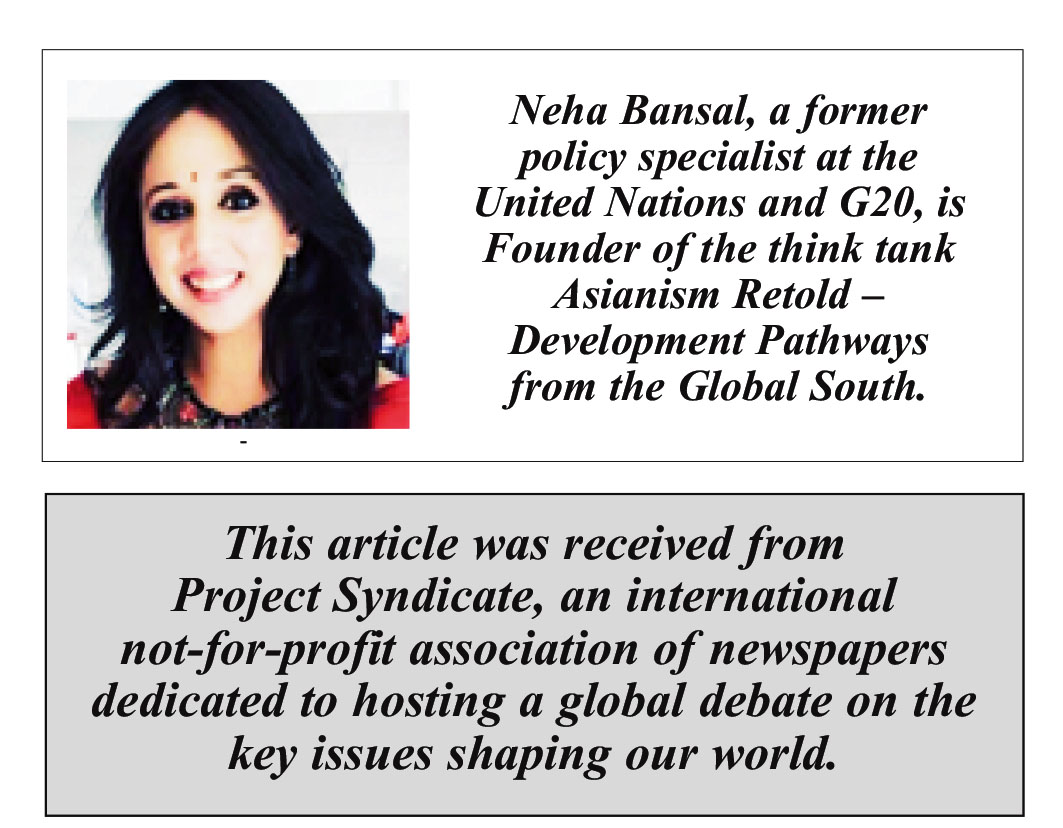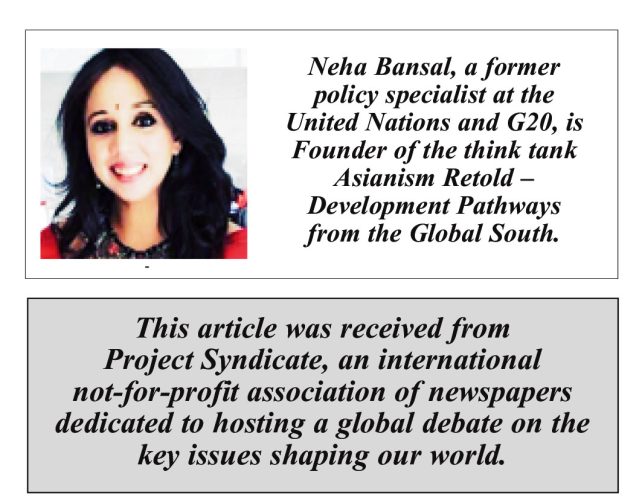NEW DELHI – This year marks the 30th anniversary of the United Nations’ International Year of the Family (IYF). In the decades since the IYF was proclaimed, demographic shifts, technological transformations, migration, urbanization, and climate change have upended societies around the world. Responding effectively to these changes requires revisiting prevailing approaches to social protection and shifting the policy focus to strengthening intergenerational solidarity.
The International Labour Organization Convention 102, the first (and, so far, only) international treaty to address social security, sets minimum standards for the provision of family (or child) benefits in the form of periodic cash transfers, in-kind assistance (food, clothing, housing), or a combination of the two. Around the time of its adoption in 1952, many European countries began developing generous welfare systems. In 2020, expenditure on family/children benefits in the EU amounted to 8.3% of total expenditure on social benefits. It was as high as 16.2% in Poland and 15.7% in Luxembourg; Estonia, Germany, Lithuania, Romania, Hungary, Denmark, and Sweden also recorded double-digit shares. But they are not alone: more than 120 low- and middle-income countries have adopted cash-transfer programs for poor families.
Most of these policies focus on reducing family poverty or offering family-sensitive social protection, such as conditional cash transfers or allowances for the birth of a child, medical care, and school tuition, as well as food rations for female-headed households. Such measures have helped families cope with the burden of caring for ill relatives, improved families’ nutritional status, and reduced infant mortality, school absenteeism, and child labor.
In the future, however, a more holistic approach will be needed. The current policy framework conceptualizes the family as falling within specific demographic categories or age groups, not as an integrated unit. Instead, social-protection programs should strengthen families’ agency and ability to act as natural buffers against economic and social shocks. This can be achieved through policies that promote solidarity between generations.
Research indicates that strong family ties contribute to economic resilience. For example, in countries with robust family connections, such as Italy and Spain, consumption losses are much lower during periods of unemployment, owing to the family safety net. People feel freer to spend when they know that, in the event of a financial shock, their relatives will help them get back on their feet. Family ties are a form of insurance against income fluctuations, whether temporary or long term.
As climate change worsens and governments navigate the bumpy road to net-zero emissions, family solidarity becomes imperative. The family serves as a vital source of social cohesion, mediating between individuals and the state, as well as internalizing social risk by pooling resources across generations. Intergenerational living, for example, is on the rise: even in developed countries like the United States, the share of the population living in multigenerational households has more than doubled over the past five decades as of 2022. Given a rapidly aging global population and soaring youth unemployment worldwide, such arrangements are likely to become more common.
Policymakers can encourage this type of generational integration and solidarity through tax benefits, paid family leave, and support for intergenerational care. This could include allowances for grandparents to care for their grandchildren – an initiative that embodies the concept of economies of scope, wherein a single intervention has a positive effect on several issues and populations.
Housing interventions can also actively encourage multigenerational living. In Singapore, the Multi-Generation Priority Scheme favors extended families wanting to live near each other, while various grants are available for qualified buyers seeking to purchase an apartment with or near their parents or children. In Canada, the Canada Mortgage and Housing Corporation’s On-Reserve Residential Rehabilitation Assistance Program provides First Nations members with financial assistance to add secondary and garden suites to their homes. Though their scale is small, these policies allow for more fluid family structures and support aging in place.
As social norms evolve, it is essential to recognize the malleable definition of “family.” The nuclear family is no longer the norm, owing to the rise of blended families, cohabitation, and other alternative household arrangements. Moreover, rapidly aging societies increase the likelihood of more family members residing under one roof. Given these shifts, the 30th anniversary of the IYF is an opportune time to reevaluate our approach to social protection. By implementing policies that promote family solidarity and intergenerational integration, governments can foster economic stability and social cohesion at a time of increasing uncertainty.
Copyright: Project Syndicate, 2024.






